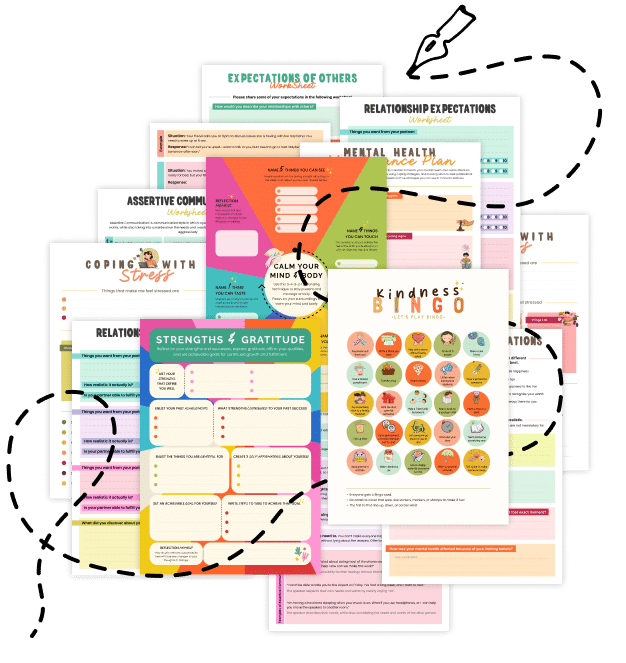20 Things About Stimulus Discrimination Training
Discover how Stimulus Discrimination Training refines your ability to distinguish between similar cues and respond accurately. Explore 20 essential insights, practical tips, and everyday applications to sharpen your sensory and cognitive skills.
1. What Is Stimulus Discrimination Training?
Stimulus Discrimination Training is a learning process where an individual is taught to differentiate between two or more stimuli that are similar but not identical. Over time, you learn to respond uniquely to each distinct cue.
2. The Core Concept
By reinforcing correct responses to one stimulus while not reinforcing—or even discouraging—responses to another, you shape behavior or perception to accurately match the right cues.
3. Roots in Behavior Analysis
This training approach stems from behavioral psychology, where operant conditioning techniques are used to modify responses. Stimulus discrimination is a key aspect of how organisms learn to navigate complex environments.
4. Everyday Examples
- Traffic Lights: Drivers learn to respond only to a green light and not a yellow one in the same way.
- Classroom Learning: Students might differentiate between similar-sounding words—e.g., “their” vs. “there”—through repeated practice and feedback.
- Customer Service: Employees identify subtle cues in customer behavior that indicate satisfaction or dissatisfaction.
5. The Role of Reinforcement
Reinforcement (like rewards or praise) for correct responses strengthens the discrimination. Punishment or lack of reward for incorrect responses helps distinguish the stimuli more precisely.
6. Avoiding Generalization
Stimulus generalization is when a learned response is applied to similar stimuli. While sometimes beneficial, it can lead to errors if you need precise distinctions. Discrimination training combats overgeneralization by focusing on nuances.
7. Cognitive vs. Behavioral Perspectives
From a cognitive perspective, you’re honing perception and mental categorization. Behaviorally, you’re altering the likelihood of certain responses to each stimulus. Both views highlight the adaptive nature of discrimination training.
8. Enhanced Focus and Precision
Discrimination training improves attention to detail. By noticing subtle differences—like tone of voice or slight color variations—you can enhance accuracy in tasks ranging from quality control to creative projects.
9. Reducing Errors
When you clearly identify which cues are relevant, you’re less prone to making mistakes due to confusion or guesswork. This clarity can be crucial in fields like aviation, healthcare, and education.
10. Applications in Therapy
Therapeutic programs use discrimination training to help individuals with autism or other learning challenges distinguish social cues, language nuances, or contextual signals for more effective communication.
11. Performance and Skills
In sports or music, discriminating between subtle signals—like a pitcher’s grip or a key change—can refine performance. Athletes and musicians often train to pick up on minute cues.
12. Overcoming Bad Habits
By associating a specific stimulus (like the urge to snack) with a different, more constructive response (like doing a quick stretch), you can alter habitual patterns through careful discrimination training.
13. Timing Matters
The order and timing of reinforcement or feedback are critical. Immediate, consistent feedback strengthens the association between the correct stimulus and the correct response.
14. Balancing Complexity
Starting with large, obvious differences makes discrimination easier. As learners progress, gradually introduce more subtle distinctions to refine sensitivity without causing overwhelm.
15. Measuring Progress
Tracking accuracy over time—such as recording the number of correct responses—provides tangible evidence of how well you’re mastering stimulus discrimination.
16. Potential Challenges
- Overly Complex Tasks: If stimuli are too similar too soon, frustration may arise.
- Inconsistent Feedback: Irregular or delayed reinforcement hinders learning.
- Task Switching: Frequent switching to unrelated tasks can break the learning flow.
17. Integrating Technology
Apps and digital tools can automate reinforcement. For instance, language-learning platforms highlight subtle pronunciation differences, using immediate feedback to train your ear.
18. Habit Formation Insights
Stimulus discrimination plays a role in habit formation. Clearly defining triggers or cues helps you associate them with desired behaviors—like “If the alarm goes off at 6 a.m., I immediately start my workout.”
19. Strengthening Professional Skills
Educators and trainers use these principles to help students and employees alike. For example, teaching a sales team to read subtle customer cues or training medical staff to spot faint signs of illness.
20. Related Topics to Explore
- Task-Specific Anxiety Management: Handling stress by clarifying which tasks and cues need your focus.
- Micro-Pomodoros: Short, controlled work intervals that heighten attention to relevant stimuli.
- Attentional Set Shifting: Learning to pivot between tasks without losing track of key details.
- Cognitive Load Theory: Balancing the mental effort needed for complex discrimination tasks.
Quick Tips for Effective Stimulus Discrimination Training
- Start Simple: Begin with easily distinguishable stimuli before moving to subtler differences.
- Use Consistent Feedback: Reinforce correct responses immediately for maximum clarity.
- Record Progress: Keep track of improvements to stay motivated and identify areas of difficulty.
- Limit Task Switching: Maintain focus by reducing interruptions, especially in early learning stages.
- Gradually Increase Complexity: Raise the challenge once you’ve mastered the basics to avoid plateaus.
Stimulus Discrimination Training helps fine-tune your ability to detect and respond to specific cues, whether at work, in sports, or daily life. By combining consistent reinforcement, well-structured practice, and incremental increases in difficulty, you can sharpen your perception and reduce errors. With a clear plan and mindful execution, you’ll find yourself navigating tasks with greater precision, confidence, and efficiency.
Share this article with friends or colleagues seeking to improve their focus and reduce mistakes. Embrace the principles of stimulus discrimination training, and experience the transformative impact on your learning and performance!

